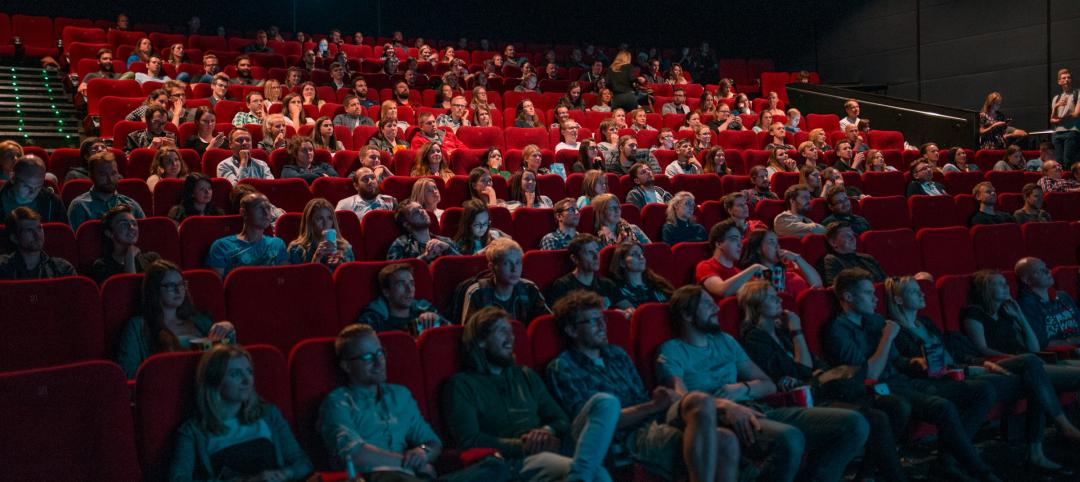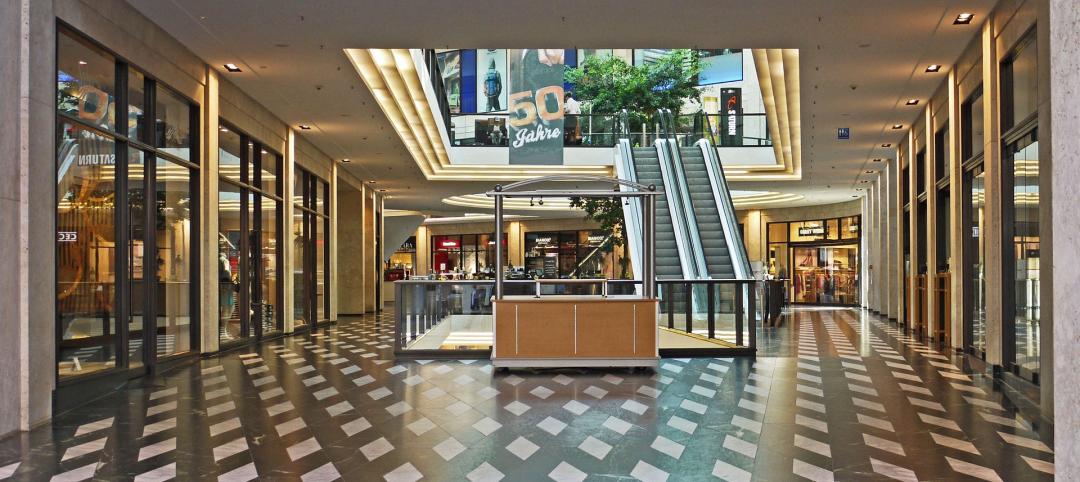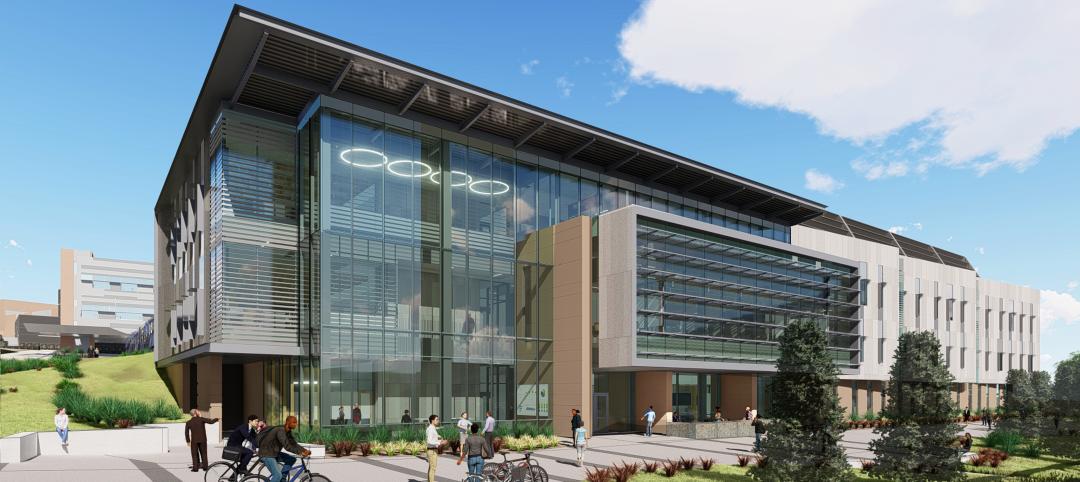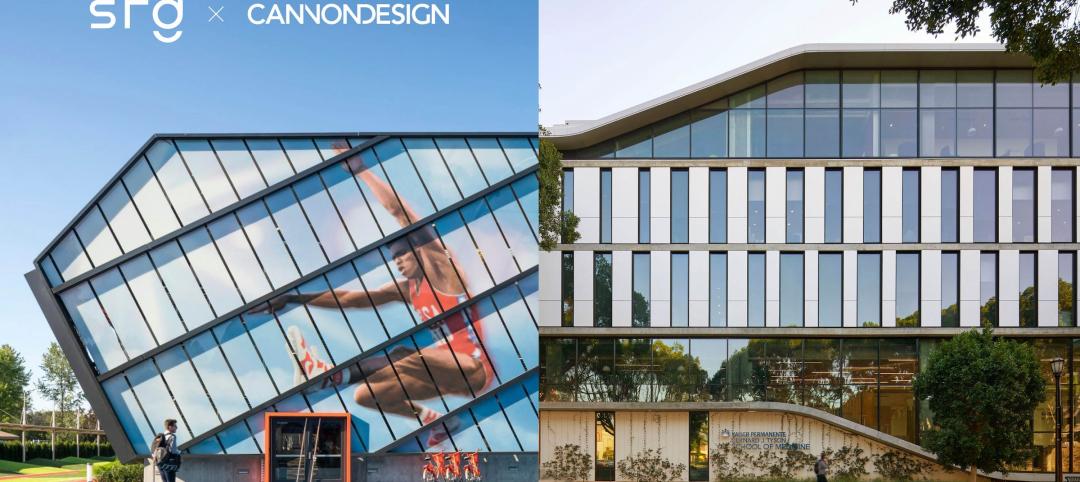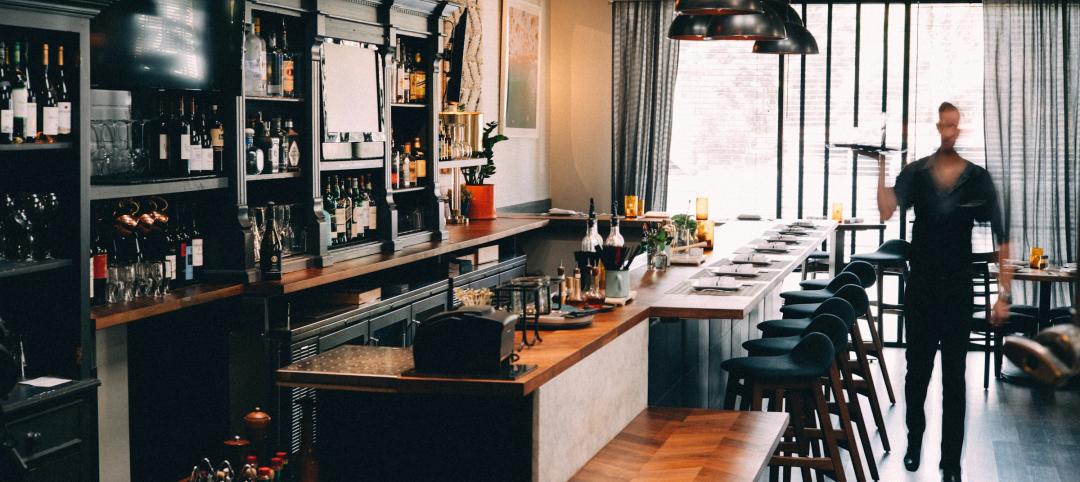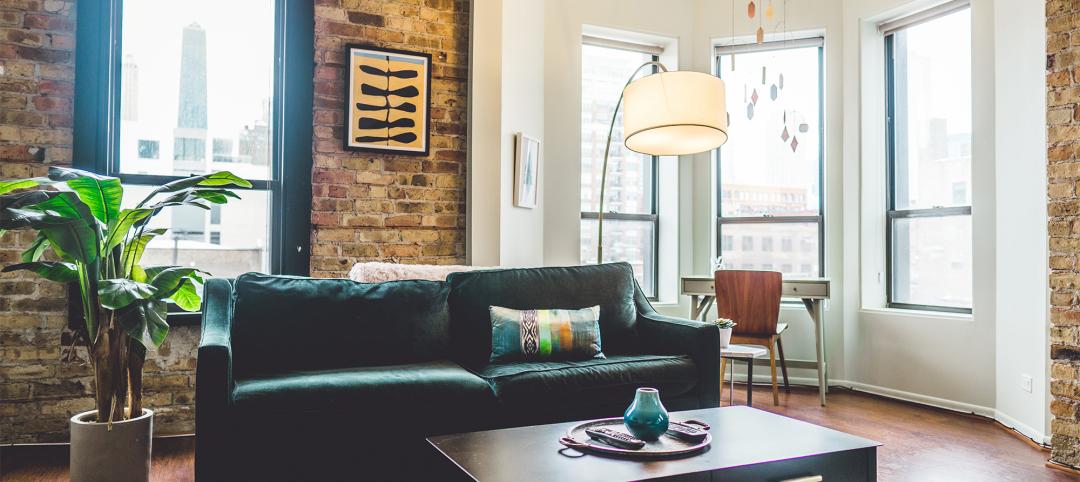BD+C: New Millennium recently announced that it was acquiring three plants from Commercial Metals Company. What is your strategy?
Gary Heasley: New Millennium is a little more than 10 years old. Our first plant was built in Butler, Ind., and in 2005, we launched our second plant, then made some acquisitions and expanded our presence in the eastern U.S. We had been planning to build a plant in the western U.S., but the economic crisis came forced us to shelve those plans.
This year, as our competitor, CMC, announced that they were exiting the joist and deck markets, we saw an opportunity to move that plan back to the forefront and expand coast to coast. We have customers that may be located in, say, Florida, who are building projects in California. That’s exactly the group we knew we couldn’t serve properly without a western presence. We went ahead with the acquisition, and we’re now ramping up those facilities. With these three new locations [Fallon, Nev., Hope, Ark., and Juarez, Mexico], we’ll better serve Texas, Arizona, New Mexico, California, all of the West and Southwest.
BD+C: When do you expect to be in production at these facilities?
GH: We’ll be hiring production crews in November. We have equipment from two plants in the East that we’ll be using to optimize the efficiencies and productivity of the three acquired plants. The communities are very excited to see us coming back, but we will ramp up gradually over time and add capacity as the market demands it.
Soon, customers in any state will be able to use us, and for many of them, we’ll be delivering product within the 500-mile radius to qualify for LEED. We’re seeing more and more requests for documentation to support LEED efforts.
BD+C: Why are you making a push to create BIM tools for your products?
GH: We saw BIM as an evolution design technology that is inevitably going to happen. Whether or not it becomes universally used, we saw that it was important to more and more customers. So we put a team on that and built our first Dynamic Joist steel joist BIM module for Tekla Structures. It’s now available on our website.
The response has been tremendous, and we’re already seeing projects designed with the tool, and getting great feedback on how it’s being used.
BD+C: How can your company help Building Teams on their projects?
GH: If we can be part of the design team early in the process, then we can bring our specialty joists to the project, either to make the project more efficient and cost effective, or to add an architectural element that would not have been available if the Building Team had just been thinking of joists in a conventional way.
For example, the other day I was in our shop and watched our team fabricate some joists with a very unique curved design. Those joists will add an architectural element to the building that could not have been achieved had we not been involved early in the project. If we are involved early, we can have an influence, in suggesting creative architectural elements, or in making sure the project is more efficiently designed. We find we can often save owners money when we have the opportunity to add value through engineering.
If you look at joists as a simple commodity, you’re not going to be able to take advantage of opportunities to use joist design to make the projects more architecturally interesting and cost-effective.
BD+C: Any other concerns in dealing with Building Teams?
GH: The RFI process. One of the real challenges we are facing now is getting RFIs answered by our customers, whether that’s the structural engineer, or the owner, or the architect—it could be anyone involved in the project, depending on the job. The RFIs come back so late that everything becomes a rush. It would be great if we could get responses back more quickly, so that we can optimize our engineering for your job and help the project team avoid delays. If RFIs are received late, engineering and fabrication can be pushed back to the point that there are problems with delivery schedules, and that’s obviously bad for everyone involved.
BD+C: How much of a factor is design-build in the steel joist industry?
GH: It’s relatively small today, but we expect it to grow as a share of the construction market, and we’re making sure that we’re in a position to be part of those teams, so we can add value to projects that are being built under the design-build model.
BD+C: What are you seeing in terms of demand for joists in this economy?
GH: The steel joist industry is essentially flat year over year from 2009. There was some slight improvement in the first half of 2010, but then we gave it all back as industry bookings slowed in July and August. It’s bumpy out there. Some months are good, some bad. In terms of an economic recovery, it’s going to be long and slow as financing markets improve, as vacancies are absorbed, and as companies are more comfortable making capital investments.
BD+C: And your thoughts on the nonresidential construction market?
GH: We think that growth is going to be slow, but generally upward, not any dramatic change in the nonresidential market. We’ve run models at a number of different growth rates but it’s very difficult to predict such factors as the availability of financing. Right now, it’s about getting the job done every day in a very competitive market—watching our costs, productivity, and maintaining the highest level of customer service. BD+C
Related Stories
Giants 400 | Feb 5, 2024
Top 30 Entertainment Center, Cineplex, and Theme Park Architecture Firms for 2023
Gensler, JLL, Nelson Worldwide, AO, and Stantec top BD+C's ranking of the nation's largest entertainment center, cineplex, and theme park architecture and architecture engineering (AE) firms for 2023, as reported in the 2023 Giants 400 Report.
Urban Planning | Feb 5, 2024
Lessons learned from 70 years of building cities
As Sasaki looks back on 70 years of practice, we’re also looking to the future of cities. While we can’t predict what will be, we do know the needs of cities are as diverse as their scale, climate, economy, governance, and culture.
Giants 400 | Feb 5, 2024
Top 90 Shopping Mall, Big Box Store, and Strip Center Architecture Firms for 2023
Gensler, Arcadis North America, Core States Group, WD Partners, and MBH Architects top BD+C's ranking of the nation's largest shopping mall, big box store, and strip center architecture and architecture engineering (AE) firms for 2023, as reported in the 2023 Giants 400 Report.
Laboratories | Feb 5, 2024
DOE selects design-build team for laboratory focused on clean energy innovation
JE Dunn Construction and SmithGroup will construct the 127,000-sf Energy Materials and Processing at Scale (EMAPS) clean energy laboratory in Colorado to create a direct path from lab-scale innovations to pilot-scale production.
Architects | Feb 2, 2024
SRG Partnership joins CannonDesign to form 1,300-person design giant across 18 offices
SRG Partnership, a dynamic architecture, interiors and planning firm with studios in Portland, Oregon, and Seattle, Washington, has joined CannonDesign. This merger represents not only a fusion of businesses but a powerhouse union of two firms committed to making a profound difference through design.
Giants 400 | Feb 1, 2024
Top 90 Restaurant Architecture Firms for 2023
Chipman Design Architecture, WD Partners, Greenberg Farrow, GPD Group, and Core States Group top BD+C's ranking of the nation's largest restaurant architecture and architecture engineering (AE) firms for 2023, as reported in the 2023 Giants 400 Report.
Standards | Feb 1, 2024
Prioritizing water quality with the WELL Building Standard
In this edition of Building WELLness, DC WELL Accredited Professionals Hannah Arthur and Alex Kircher highlight an important item of the WELL Building Standard: water.
Luxury Residential | Feb 1, 2024
Luxury 16-story condominium building opens in Chicago
The Chicago office of architecture firm Lamar Johnson Collaborative (LJC) yesterday announced the completion of Embry, a 58-unit luxury condominium building at 21 N. May St. in Chicago’s West Loop.
Industry Research | Jan 31, 2024
ASID identifies 11 design trends coming in 2024
The Trends Outlook Report by the American Society of Interior Designers (ASID) is the first of a three-part outlook series on interior design. This design trends report demonstrates the importance of connection and authenticity.
Museums | Jan 30, 2024
Meier Partners' South Korean museum seeks to create a harmonious relationship between art and nature
For the design of the newly completed Sorol Art Museum in Gangneung, South Korea, Meier Partners drew from Korean Confucianism to achieve a simplicity of form, material, and composition and a harmonious relationship with nature. The museum is scheduled to open on February 14. It is the firm’s first completed project since restructuring as Meier Partners.



